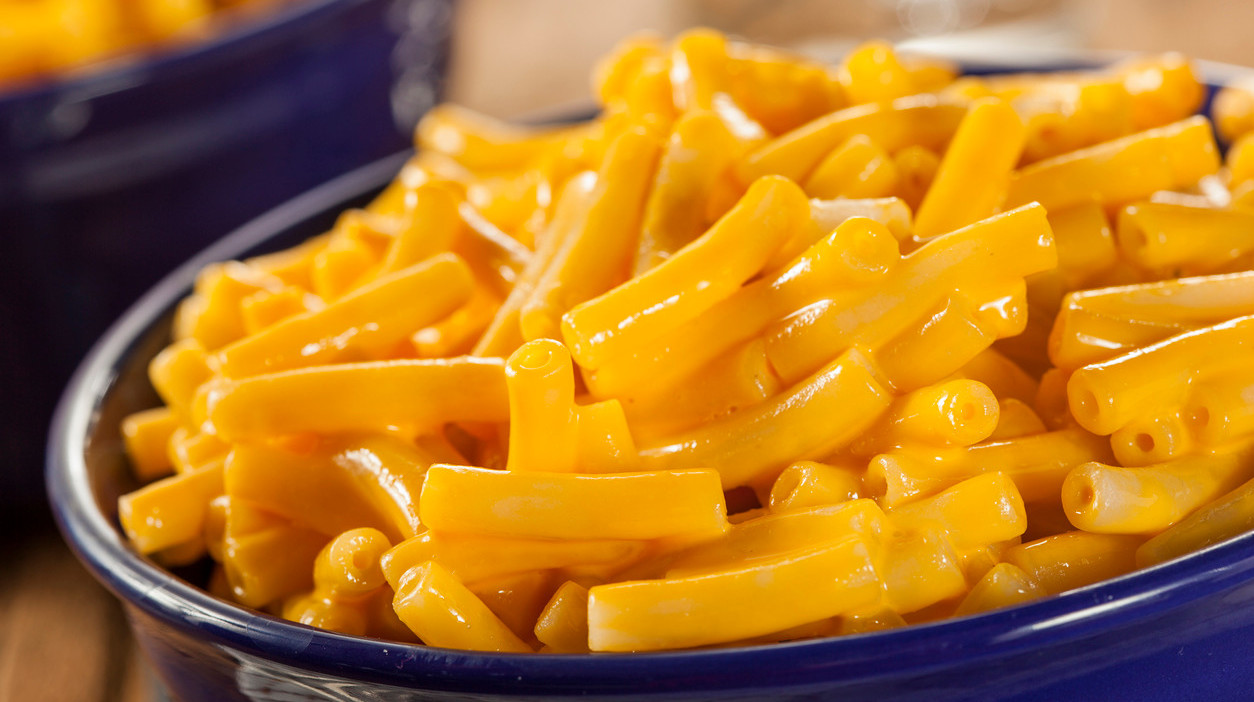Macaroni And Cheese Is Boldly Going Where No Man, Woman Or Child Has Gone Before
In a gigantic leap for mankind, we are one step closer to having macaroni and cheese on the moon.
Scientists at Washington State University announced that they have developed a way to triple the shelf life of packaged foods, using ready-to-eat macaroni and cheese as the basis of their experiment. Currently, food-safe plastic packaging can safely hold foods at room temperature for up to a year. With this new advance in technology, macaroni and cheese can be held in suspended animation for three years. Taste testers have reported that it tastes as good as freshly-made.
Before packaging, the food is sterilized in a microwave-assisted thermal sterilization chamber. Just as with your microwave at home, the food cannot be packaged in any sort of metal. However, metal is the most effective material for preserving food, creating a strong barrier that oxygen and other gases can't get through. Adding a thin layer of metal oxide to plastic film significantly reduces the amount of time it takes for gases pass through food packaging, but while that technology has existed for almost a decade, it was unusable because the metal developed cracks when put through the microwave sterilization process.
The new packaging coats the metal oxide with micro thin layers of different formulations of plastic. Each has a different purpose: some provide mechanical strength and others are a good barrier against outside particles. These layers help prevent the microscopic cracks that would develop during the sterilization process.
Currently, the scientists are working with the U.S. military to apply this technology to its ready-to-eat meals. The next step: space. NASA requires all its food have a five-year shelf life. Currently the WSU scientists are aging more packages of macaroni and cheese in an incubator set at 100-degrees Fahrenheit, which speeds up the process of quality degradation. Nine months in the incubator is equivalent to five years at room (or space) temperature.
"NASA knows about our work, but we're just now getting to the point where we can talk to them with a proven product," said Shyam Sablani, the scientist who is leading the WSU team. "We hope to work out a way to test these products on the International Space Station in the future to show that the food is safe after long-term storage."
The scientists did not reveal when this new tech would be available for the general public to use to stock their doomsday bunkers. But at least tonight humanity can sleep easy, knowing that we'll still be eating mac and cheese during the end of days.
